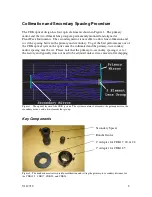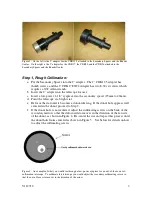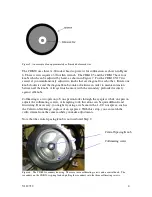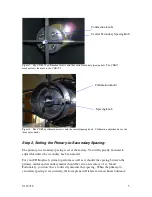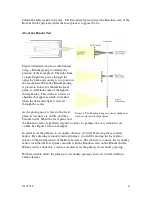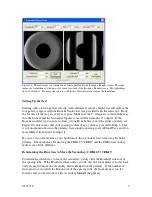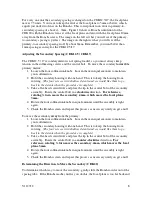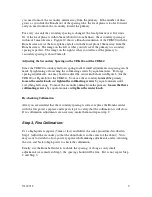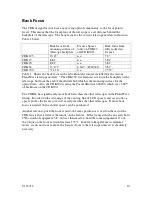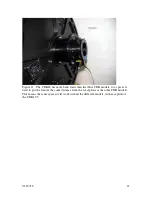
V112712
2
Collimation and Secondary Spacing Procedure
The CDK optical design has four optical elements shown in Figure 1. The primary
mirror and the two-element lens group are permanently mounted and aligned at
PlaneWave Instruments. The secondary mirror is movable to allow fine collimation and
to set the spacing between the primary and secondary. To get the best performance out of
the CDK optical system, the optics must be collimated and the primary-to-secondary
mirror spacing must be set. Please note that the primary-to-secondary spacing is set at
the factory and typically does not need to be adjusted unless it was moved after shipping.
Figure 1: The optical layout of the CDK system. The system contains 4 elements: the primary mirror, the
secondary mirror, and a two-element lens group.
Key Components
Figure 2: The standard accessories used for collimation and setting the primary-to-secondary distance for
the CDK12.5, CDK17, CDK20, and CDK24.
Secondary Spacer
Ronchi Ocular
2” Adapter for CDK17, 20, & 24
2” Adapter for CDK12.5


